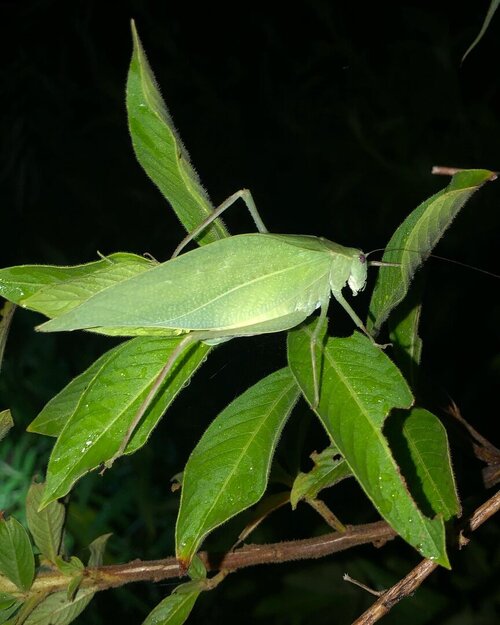Persnickety Parson's
Chameleon Enthusiast
That one is Syrbula admirabilis, an egg diapause species. Too small for consideration unfortunately.
Just need to go a month earlier for the katydids to be nymphs. I caught about 20 adults, so nymphs should be even more abundant. I don't care about them enough to make that trip, but if anyone wants to, they're in central TX in April. I already have 10+ species and more stuff on the bucket list
Priority is Microcentrum rhombifolium in Florida, but looks like they're getting outcompeted hard by Stilpnochlora couloniana, which was introduced from the Caribbean islands.
Too small thats what she said, no that guy appeared huge lol.
You have no choice you must get Eumegalodon blanchardi or those pink katydids, they are just too impressive looking and pink, to leave alone.




